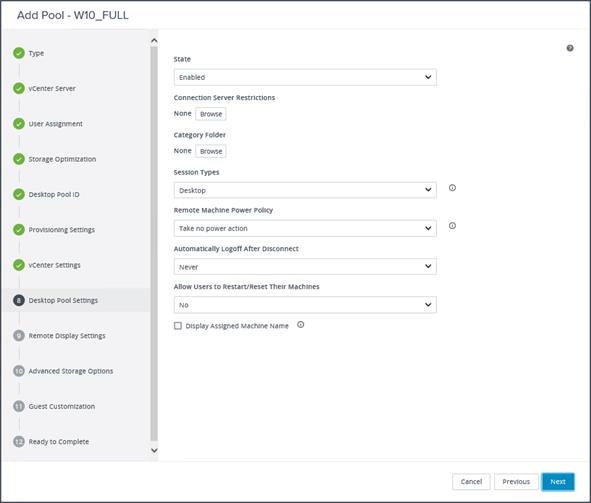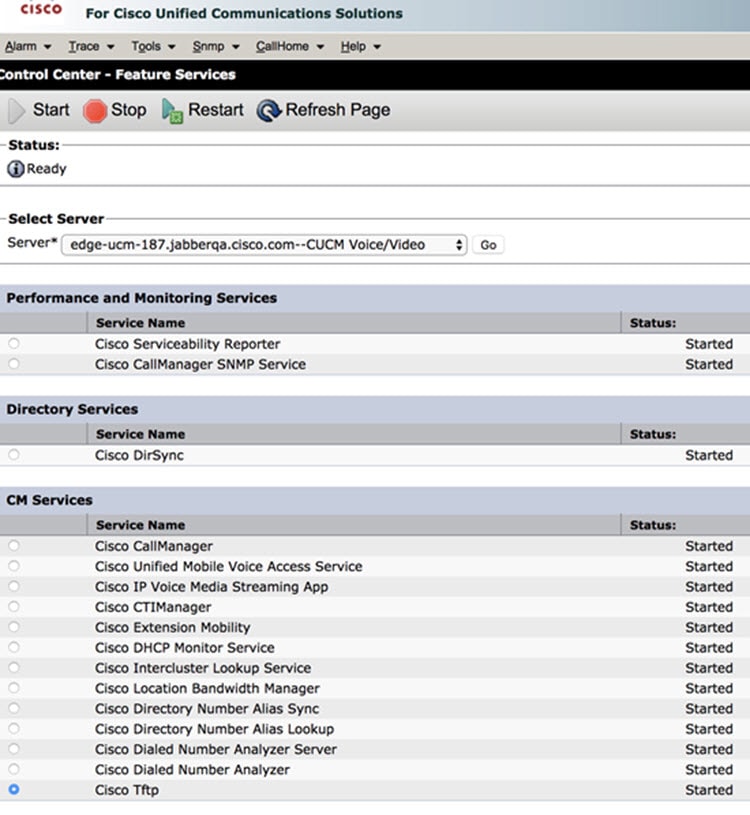
Especially as a thin clients do not have the security vulnerabilities inherent of the PC. Rarely occurring more than a couple times a year.
Pcoip protocol cisco software#
Thin Client software updates are still very small and far less frequent compared to a PC. With Thin Clients, software updates are usually larger and can be more frequently than that of Zero Clients because of their extensive features.

Pcoip protocol cisco update#
The Zero Client device requires very little maintenance and rarely needs an update unless there is a significant change/enhancement to the VDI protocol or the occasional BIOS related update, which usually has to do with improved/additional peripheral support. Thus decreasing the overall downtime of the device and increasing the productivity to the end-user. Zero Clients have boot up speeds of just a few seconds and are immune to viruses, malware and the like. Most of the decoding and display processes take place in dedicated hardware and therefore are more efficient than using a software client and a standard CPU and GPU setup as with a Thin Client. Instead of an operating system, Zero Clients have a highly tuned on-board processor specifically designed for one possibly three VDI protocols (PCoIP, HDX, or RDS). It is impossible for a Linux Thin Client to get a virus.

As the filter restricts anything to be written to the solid state storage.

Pcoip protocol cisco windows#
It is extremely difficult for a Windows Embedded Thin Client to get a virus and with the built-in write protection filter easy to get rid of by just cycling the power. Windows CE is deployed much less frequently due to the lack of available current connection brokers by major providers, as well as limited peripheral support. The most common current type of Thin Clients run on Linux or Windows Embedded (WES7/WE8), and to a much lesser and declining degree Windows CE. Thin Client devices are traditionally end-point devices with some flavor of skinny, optimized, locked-down OS. Below we will discuss the key differences between Thin Clients and Zero Clients. Both are small form factor, solid state computing devices, specifically designed for a server based typology, currently generally associated with Desktop Virtualization (VDI) and Host Desktop Environments (DaaS), but they have many different characteristics that are important to distinguish.

Zero Clients for VDI | 10ZiG Technologyīy illustrating the differences between Thin Clients and Zero Clients I hope to better define them as well.


 0 kommentar(er)
0 kommentar(er)
